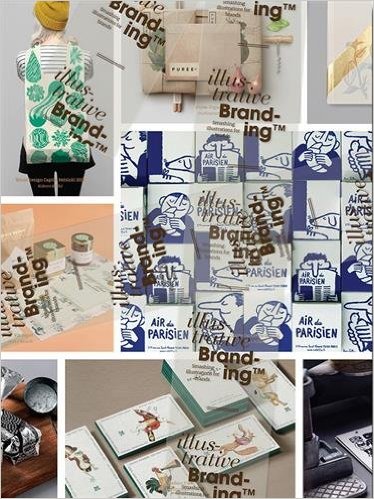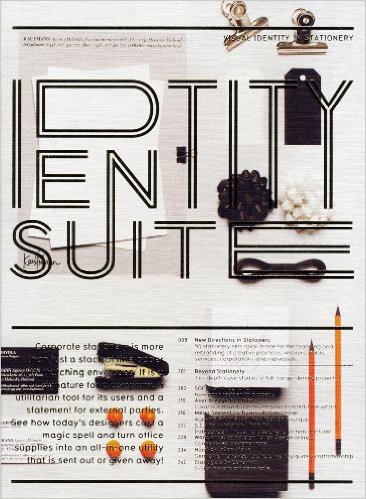For the seventh episode of the DNQ interview series, I’d like to welcome Lucie Renou, a 20-year-old graphic design student! Lucie was my flatmate in Athens, Greece, and I ended up becoming good friends with her. I met Lucie before she turned 20 and thought, “wow, at 19 she’s already figured out her career path, plus she’s super talented!” It’s quite rare to have found your passion at such an early age and actually be good at it!
While in Greece, Lucie, our friend Gabi, and I took a trip to Santorini. On the ferry ride, Lucie was working on a project for her design internship. Her book was going to be presented in bookstores around Athens!
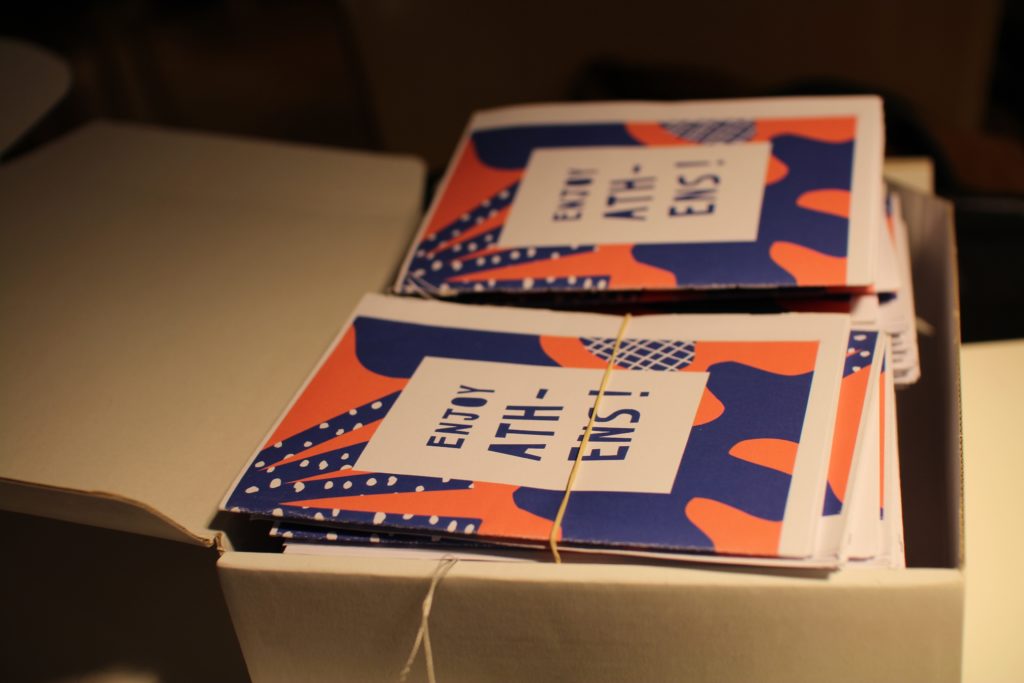
I wanted to interview Lucie to learn more about how she got into graphic design at such a young age. For people who want to pursue the nomadic lifestyle and find remote positions, graphic design is a great route, because most of the work can be done online.
Without further ado, here is my interview with Lucie Renou!
Learning About Graphic Design with Lucie Renou

Sharon: Tell us about yourself! What is your background in graphic design?
Lucie: Hi! My name is Lucie Renou, and I’m 20 years old. I’m French, and I’ve studied graphic design for over 2 years in Lyon, France. I’ve now finished my first year of school specializing in graphic design, and I’m now finishing my second (and last) year! After this program, I will prepare for a higher degree in another school.
Sharon: That’s cool! Your program is 2 years not 4?
Lucie: Yes because it is not a university. The program I’m currently pursuing is at a design school. In France, universities don’t have graphic design majors so you have to find a design school.
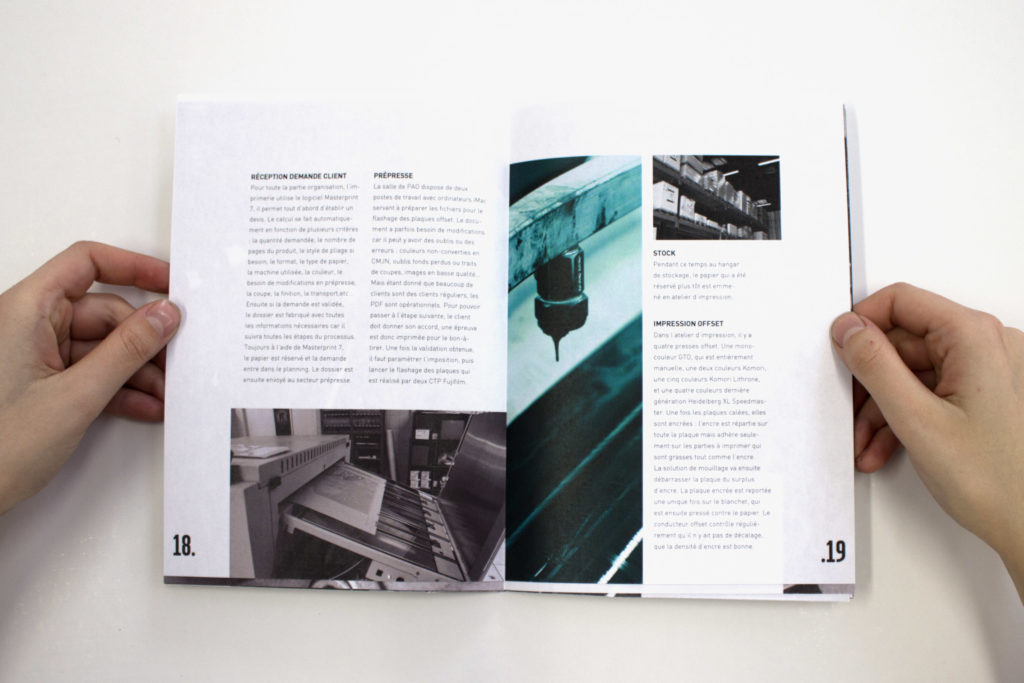
Sharon: How did you choose the school you are attending (Lycée La Martinière Diderot)?
I’m attending a good graphic design public school. There are around 20 public schools in France but they are quite hard to get in, because they don’t accept a lot of students (30 out of around 500 applicants in some schools). During the application process, the schools review your grades and cover letter, and there is an interview process that follows.
Also, public schools in France are free which is nice!
Sharon: Wow it sounds like those who want to pursue graphic design should think about an education in Europe! It seems like there would be more affordable options for tuition.
Do you think you need a formal education in graphic design to get a job?
Lucie: I think studies are important to get good knowledge, to practice, and to find your own “style” in art and graphic design.
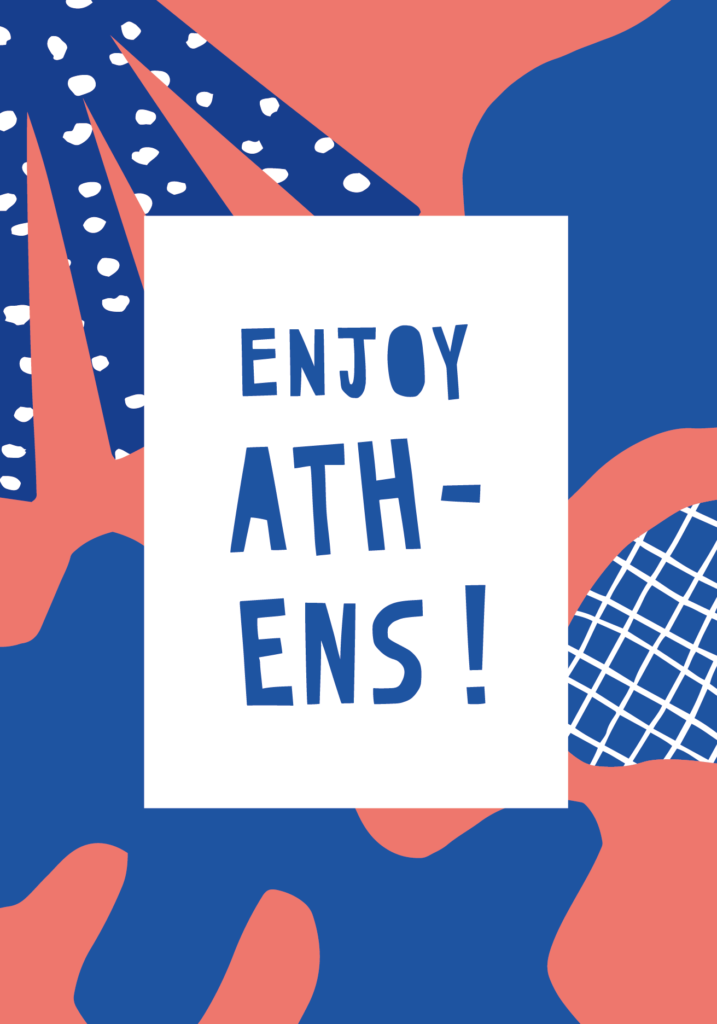
Sharon: Why do you want to become a freelancer?
Lucie: Actually I’m not sure if I want to become a freelancer yet. It’s too soon for me to tell. I’m either planning to work in a graphic design studio (a collaboration amongst 10 designers or less) or as a freelancer. Both have their advantages, and both offer a certain independence over being an employee.
Sharon: Those sound like great options! Why do you like graphic design?
Lucie: I like graphic design because it brings something more to projects. It enables them to be well represented in an innovative way. I like the creative side of it and the fact that every graphic designer is a creator (sometimes an artist). You can’t get bored as each project is different. There are also a lot of very interesting things that are a part of graphic design like typography, illustration, photography, and just art in general!
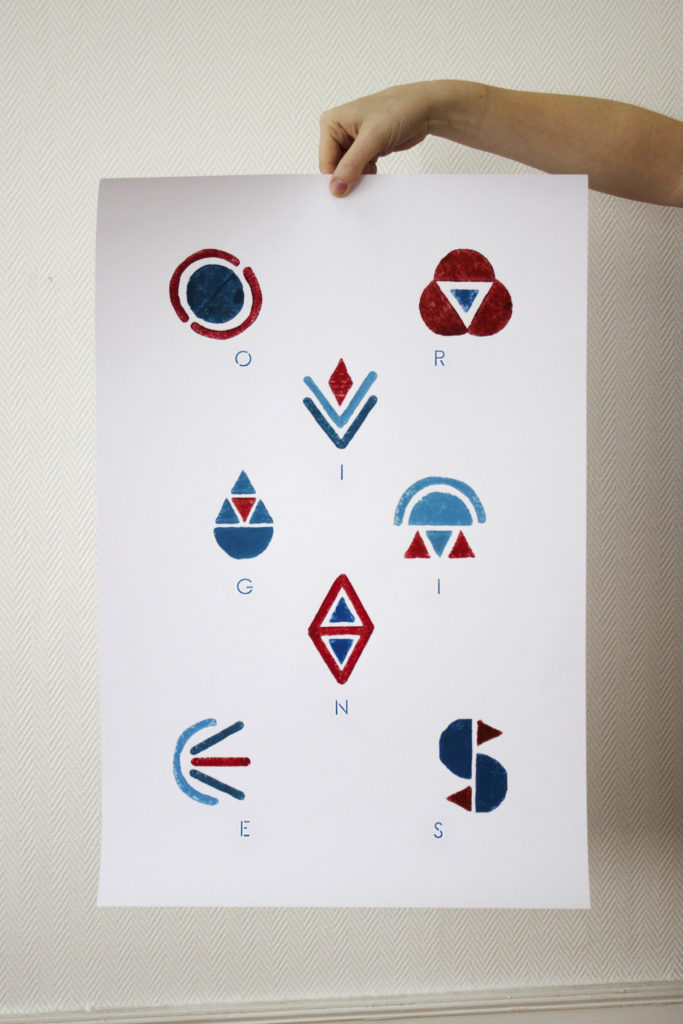
Sharon: What are the cons of graphic design? Would you say it is easy or hard?
Lucie: In terms of cons, I don’t really know, haha!
I guess it’s not easy to find your place in the world of graphic design, but it depends on a lot of things: the city you are working in, your personality, your ambitions, the type of clients you want, your “talent”…It’s not so easy, especially if you want to get recognized.
Sharon: What resources would you recommend for someone who knows nothing about graphic design? How should they get started?
Lucie: There are some really good books about graphic design, like the ones edited by “Viction:ary“:
Illustrative Branding by Victionary
Identity Suite: Visual Identity in Stationery by Victionary
In France we also have a great magazine called “Ètapes” but I don’t know if it is international.
There are also some websites like “itsnicethat.com” or “thedsgnblog.com“.
These are good ways to inform yourself about graphic design, but they’re not ways to learn graphic design. In my opinion, studies are still the best way to start in the field. However I guess it’s possible to learn how to use design software through internet tutorials!
Sharon: What software and hardware do you use?
Lucie: I mainly use three programs:
- Photoshop (for image and photo work)
- Illustrator (for creation of shapes)
- Indesign (for page layouts).
I sometimes use video software like Premiere Pro (editing) or After Effects (animation).
In terms of hardware, I work on an iMac at school, but I still have a PC at home. I will switch to a Macbook one day (which has a better screen and is more ergonomic).
There are also some manual techniques used in graphic design like letterpress, screen printing, woodcut, linocut…they’re really interesting, but require different materials!
Sharon: What are the best programs to learn in your opinion?
Lucie: The best software to learn is all the Adobe products: Adobe Photoshop, Illustrator, and Indesign. They are not so easy to learn, but they are the only real programs for graphic design. Literally everybody in graphic design uses them.
Side note: To grab these Adobe products – you can sign up for Adobe Creative Cloud (All Apps) which gives you access to all products mentioned, including Premiere and After Effects.
Sharon: Do you think graphic design is an in-demand field and will stay that way in the future? Do you think it is hard to get a full-time or freelancing job in the field?
Lucie: I think it depends on you and what you want. And yes I think graphic design will still have an importance in the future. I think it will be more recognized (a lot of people still don’t know this is a real job) and present in more cities (I hope!).

Sharon: What characteristics are good to have as a graphic designer? And whatz are some basic concepts you think are crucial to learn for graphic design?
Lucie: I guess you have to be open-minded and creative, and I think that having perspective on your work is a good thing too. You should learn as much as possible about the history of graphic design and about graphic design in current times (by going to exhibitions, for example).

Sharon: You’re so young but you already have such good direction in what you want to pursue! What are your next steps or goals? Where do you see yourself in 5 years?
Lucie: You’re so nice! 
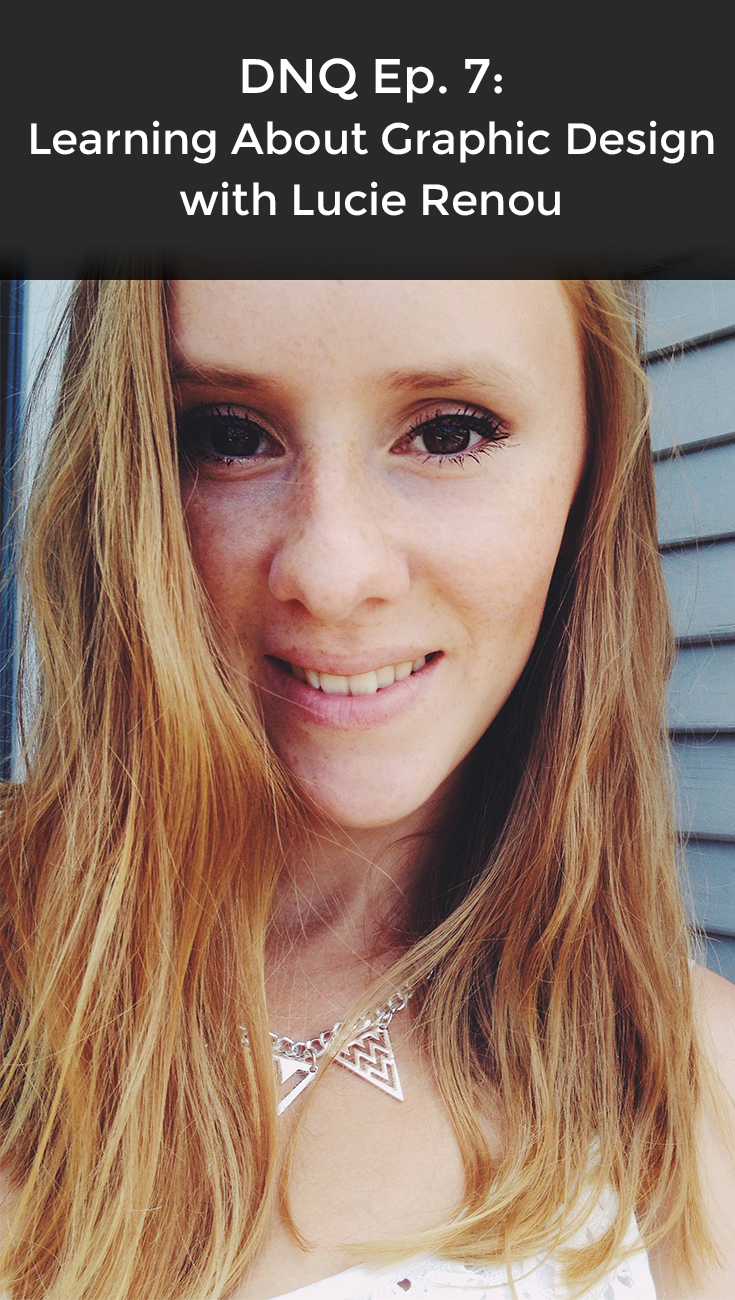
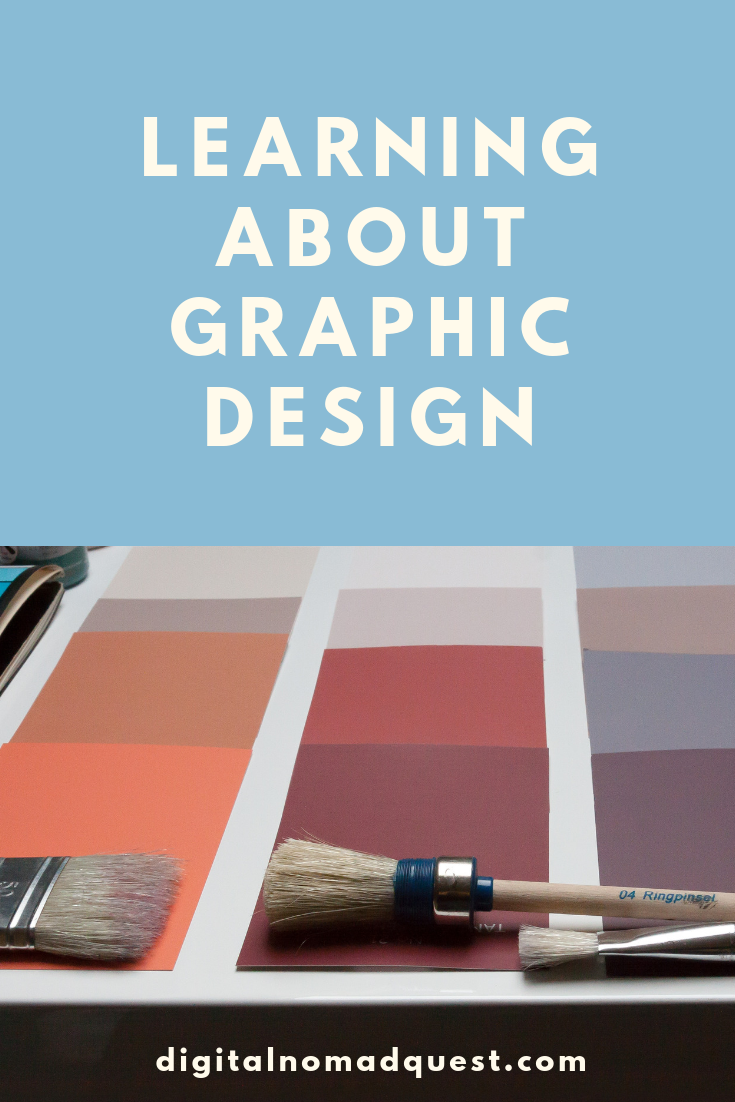
Resources mentioned:
- Adobe Photoshop
- Adobe Illustrator
- Adobe Indesign
- Adobe Premiere
- Adobe After Effects
To grab these Adobe products – you can sign up for Adobe Creative Cloud (All Apps) which gives you access to all above products.


